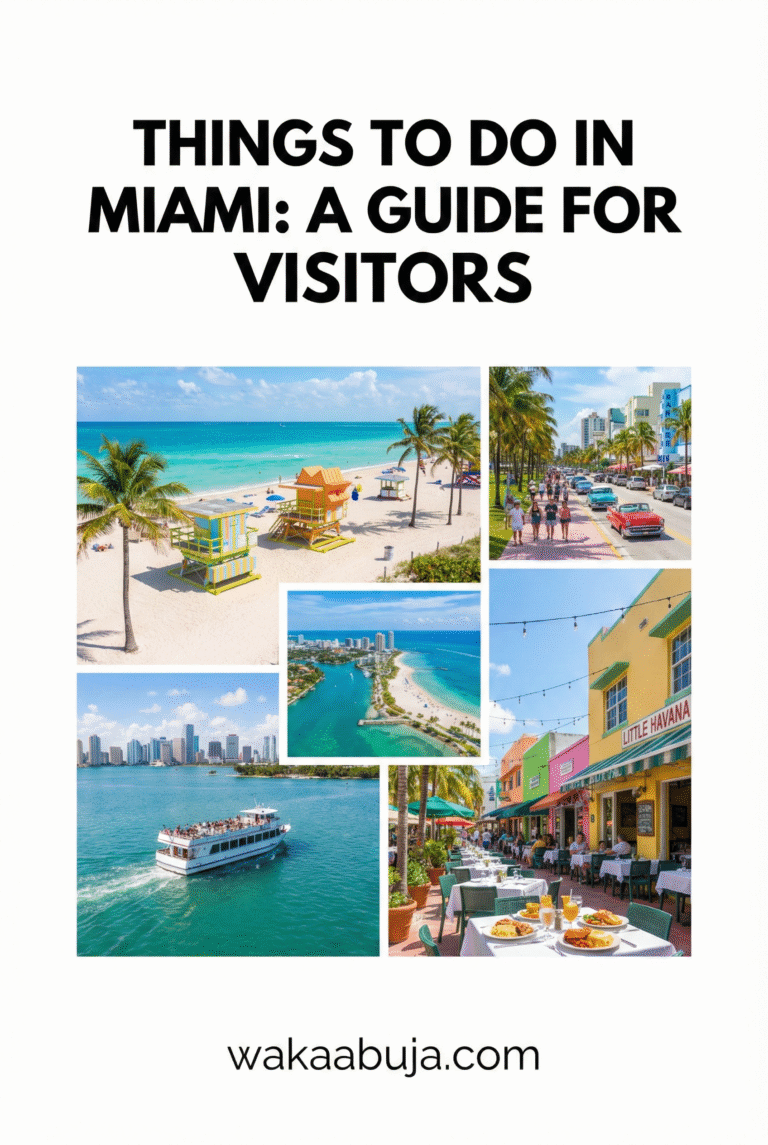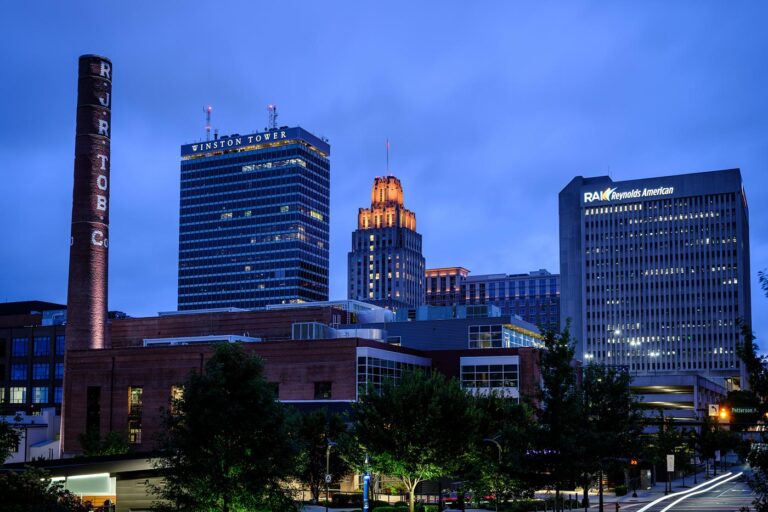Why Puerto Rico Should Be Your Next Travel Destination
Puerto Rico offers a vibrant blend of pristine beaches, rich colonial history, lush rainforests, and dynamic cultural experiences.
As a U.S. territory, it’s uniquely convenient for American travelers—no passport required, no currency exchange needed.
The island’s growing emphasis on sustainable, technology-friendly tourism makes it an exciting destination today and beyond.
1. How to Get to Puerto Rico
The main gateway is Luis Muñoz Marín International Airport (SJU) in San Juan, with expanded routes connecting multiple U.S. cities and international destinations. For inter-island travel, ferries and regional flights connect to Vieques and Culebra, perfect for day trips or overnight island stays.
2. Best Time to Visit
Prime travel season runs from mid-April through June, offering warm, pleasant weather before the onset of summer rains. Hurricane season spans June to November, so staying updated on weather forecasts and emergency procedures is essential.
3. How to Get Around
Renting a car is highly recommended for exploring beyond San Juan, especially for destinations like El Yunque Forest, Ponce, and the beaches of Flamenco Bay. Public transportation is limited and inconsistent, and while taxis and rideshare apps like Uber are available in cities, they can be costly and less reliable in rural areas.
4. Where to Stay
5. Must-See Attractions and Activities
Beyond San Juan’s historic forts like Castillo San Felipe del Morro, don’t miss the El Yunque National Forest—the only tropical rainforest in the U.S. National Forest system, offering breathtaking hikes and waterfalls. Flamenco Beach on Culebra Island is frequently rated as one of the world’s best beaches, perfect for snorkeling and relaxation.
6. How to Stay Safe
Puerto Rico is generally safe for travelers but exercise common precautions: keep your belongings secure to avoid pickpocketing, especially in tourist-frequented areas like Old San Juan and public beaches. Avoid traveling alone at night in less crowded neighborhoods. The island has a medium crime risk profile, mostly related to property crime. Also, remain alert during hurricane season by checking local weather updates.
7. Budgeting Your Trip: Typical Costs and Money-Saving Tips
Accommodation costs range widely—from budget guesthouses at around $50 per night to upscale hotels and resorts averaging $200-$350 per night. Meals cost $10 to $30 in local restaurants; dining at tourist spots will be pricier. Renting a car can be around $35-$60 per day. Save money by enjoying free or low-cost activities like hiking El Yunque, exploring historic districts on foot, and visiting public beaches.
8. Suggested Length of Stay
For a fulfilling experience, plan at least 5 to 7 days. This allows you to balance beach time, cultural immersion, nature excursions, and day trips to surrounding islands without rushing.
9. Local Insights and Pro Tips from My Travels
One of my favorite experiences was kayaking the bioluminescent bay at Mosquito Bay, Vieques. Book tours early, as they fill quickly. Try local dishes like mofongo and lechón at less touristy kiosks to get authentic flavors without the crowds. Also, Puerto Ricans appreciate modest attire outside beaches—flip-flops belong at the shore, not the mall!
10. Emergency Contacts and Helpful Info
Save these essential contacts in your phone before you travel:
- Emergency Services (Police, Fire, Ambulance): 911
- Tourist Police (San Juan): +1 787-729-0101
- Medical Assistance – San Juan Hospital: +1 787-765-2929
- Tourism Official Website: discoverpuertorico.com
11. Pros and Cons of Traveling to Puerto Rico
- Easy travel logistics for US citizens (no passport needed)
- Diverse cultural experiences with rich history
- World-class beaches and tropical forests
- Growing infrastructure for eco-tourism and digital nomads
- Public transport is limited—car rental is essential
- Hurricane season risks mid-year with potential weather disruptions
- Some areas have higher crime rates; vigilance needed
12. Tours and Experiences Worth Booking
Highly recommended are guided hikes in El Yunque, sunset catamaran cruises, rum tasting at Casa BACARDÍ in Cataño, and cultural walking tours of Old San Juan. Booking tours online in advance secures your spot and often comes with early-bird discounts.
13. Exploring Around Puerto Rico
Besides the main island, take day trips or overnight stays on Vieques and Culebra islands for exceptional beaches and nature. The southern coastal city of Ponce offers impressive museums and colonial architecture, while Rincón is a surfer’s paradise facing the west.
Frequently Asked Questions About Puerto Rico Travel
Do I need a passport to travel to Puerto Rico?
No, if you are a U.S. citizen, Puerto Rico is a U.S. territory that does not require a passport for entry or departure. However, international visitors should check their visa requirements in advance.
Is Puerto Rico safe for tourists Today?
Yes, Puerto Rico is considered generally safe, especially in tourist areas such as Old San Juan and the beaches. Use standard travel safety practices, avoid risky neighborhoods at night, and remain aware of your surroundings.
What’s the best way to get around Puerto Rico?
Renting a car is the best way to explore Puerto Rico’s diverse regions comfortably and at your own pace. Public transportation is sparse and unreliable, and taxis or rideshare services can be expensive outside major cities.
How much should I budget for a week in Puerto Rico?
A moderate budget would be around $1,200 to $1,800, covering mid-range accommodation, meals, car rental, and activities. You can spend less by choosing budget hotels and free attractions or more for luxury vacations.
Are tours and tickets best booked in advance?
Yes, popular tours such as snorkeling trips, bioluminescent bay kayaking, and cultural excursions often sell out. Booking ahead online is recommended for securing your spot and sometimes for better prices.
Final Tip
Go beyond the usual tourist spots to really feel the island’s heart: engage with locals, savor authentic Puerto Rican cuisine away from crowded hotspots, and take time to unplug amid the island’s natural wonders. Puerto Rico’s soul is in its people and landscapes, just waiting for you to explore.




